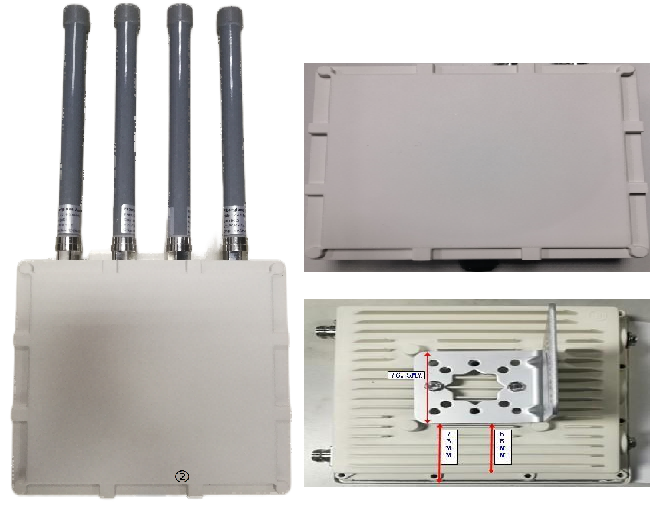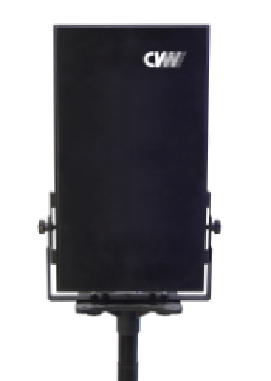1080P wireless video transmission technology is a high-definition wireless video transmission technology that can wirelessly transmit high-quality 1080P video signals to receivers, providing a clear and smooth visual experience in real-time scenes. The following will introduce the implementation principle of 1080P wireless video transmission technology.
Firstly, to achieve 1080P wireless video transmission technology, a high-definition camera is required to capture video signals. This camera typically uses high pixel video sensors, such as CMOS or CCD sensors, to ensure the details and clarity of the video. The sensor converts optical signals into electrical signals and transmits them to the processing unit of the wireless video transmission system.
In the processing unit, the video signal will undergo a series of processing and encoding. Firstly, the signal may need to be adjusted and enhanced to improve parameters such as contrast, color balance, and sharpness. Then, the video signal will be compressed and encoded to reduce bandwidth usage during wireless transmission.
Currently, the commonly used video compression coding standards include H.264 and H.265. These standards use efficient algorithms to compress video signals and utilize advanced encoding techniques to achieve higher compression ratios. By compressing and encoding, the quality of the video can be maintained as much as possible while reducing the amount of data.
Next, the encoded video signal will be transmitted to the wireless transmitter. Transmitters typically use a specific channel in the wireless frequency band for signal transmission. During the transmission process, it may be necessary to use modulation techniques to convert digital signals into analog signals and transmit them to the receiver. Modulation typically uses techniques such as frequency shift keying (FSK) or orthogonal frequency division multiplexing (OFDM).
At the receiver end, the wireless signal is received and decoded back into a digital signal, which is then decoded and decompressed. The decoder will decode the compressed video signal to restore the original video data. At the same time, the decoder is also responsible for processing and reproducing the decoded video signal for playback on the output device.
Finally, the decoded video signal will be transmitted to a display device, such as a TV, monitor, or mobile device. These devices can receive and display high-definition videos to provide clear and realistic visual effects.
In summary, the 1080P wireless video transmission technology achieves high-quality 1080P wireless video transmission by capturing video signals using high-definition cameras, processing, compression, modulation, and decoding steps. This technology has broad application prospects in fields such as film production, live streaming, drone applications, and security monitoring, providing users with a higher level of visual transmission and monitoring experience. With the continuous progress and innovation of technology, future wireless video transmission technology will be more efficient and intelligent, bringing more surprises and convenience to users.

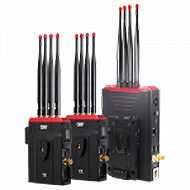 Multi-camera wireless video transmission
Multi-camera wireless video transmission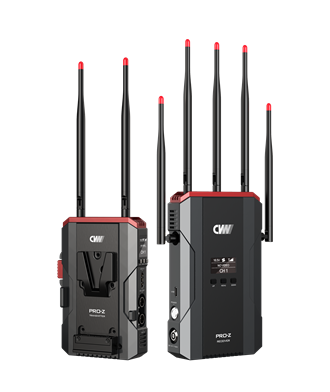 Zero Latency Wireless Video Transmission
Zero Latency Wireless Video Transmission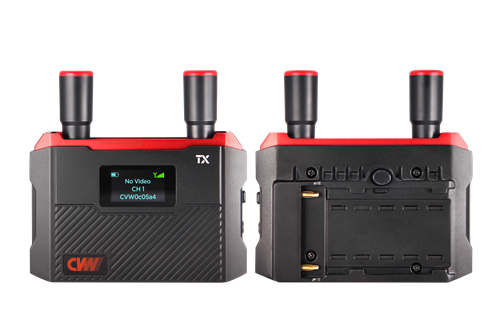
 Designed for teleoperating the heavy equipment
Designed for teleoperating the heavy equipment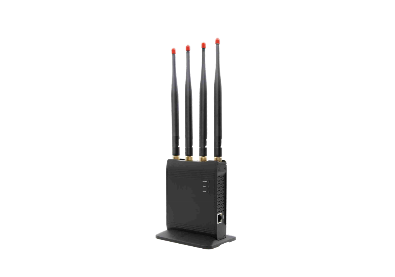 Wireless high-speed data transmission
Wireless high-speed data transmission